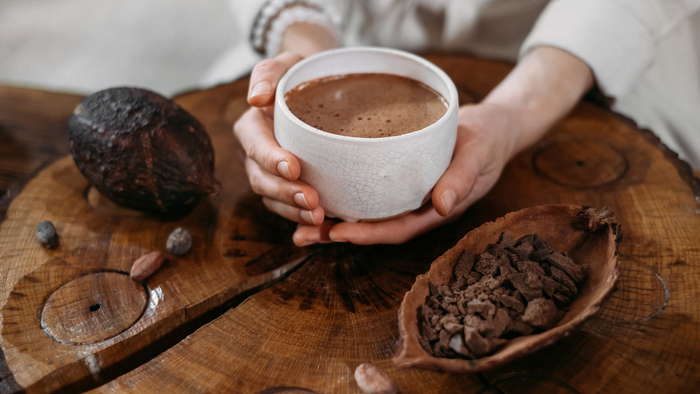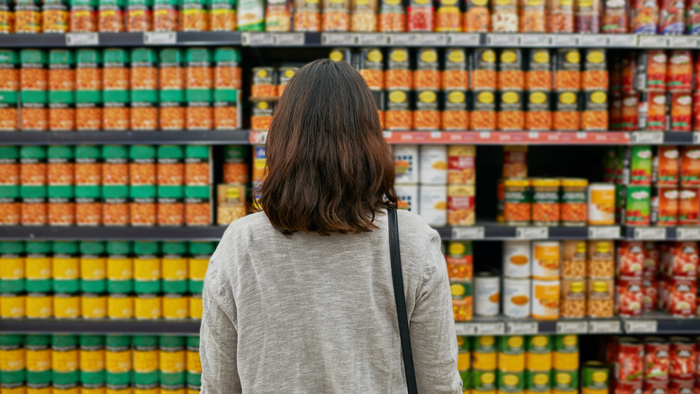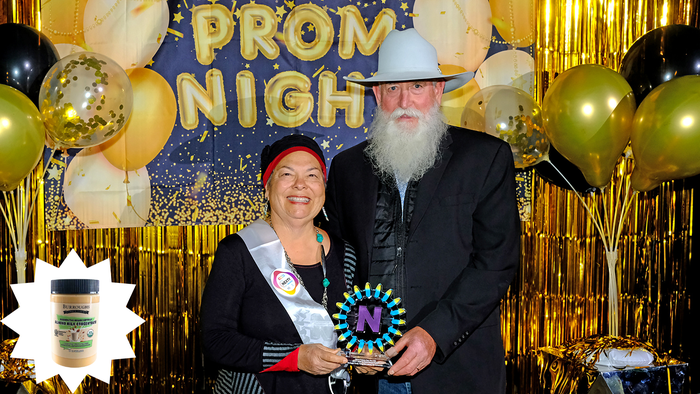At a Glance
- Food-tech startups are developing cacao-free chocolate alternatives using plant ingredients and fermentation methods.
- The chocolate industry faces rising cocoa prices, climate change and ethical concerns such as deforestation and child labor.
- Major companies like Lindt and Mondelez are investing in chocolate alternatives, which could arrive in mass-market products.
Ever since Richard Cadbury created the first of what he called a “fancy” box of chocolates for Valentine’s Day in 1861, chocolate and this annual love fest have clutched each other in a warm embrace. But bitter news threatens their sweet slow dance: Rising cocoa prices (farmers grow cacao, and cocoa is a processed product that normally is referenced as a commodity, rather than cacao), climate change and a welter of ethical concerns—from deforestation to child labor—threaten the future of traditional chocolate.
Cupid without a box of bonbons? A Reese’s-free Halloween? Maybe not. Food-tech innovators have been busy figuring out ways to craft chocolate minus the cacao, the threatened plant that supports the $133 billion chocolate industry.
They’re exploring new fermentation methods. Digging into cell culture advances. Figuring out ways to leverage other plants to conjure chocolate's familiar and satisfying rich flavors and silky textures. And they’re forging this new path for chocolate products with dramatically diminished environmental effects and fewer ethical concerns.

CANVA
Startups leading the cacao-free chocolate charge
For now, most of the companies working to manufacture chocolate—without the cacao harvests—are startups. News revolving around investment achievements, R&D milestones and product launches among these small companies abounds. After reviewing many of the companies working to bring these products to market, one key takeaway is that process matters. Fermentation, roasting, blending, all hallmarks of traditional chocolate production, bolster attempts at making chocolate without the tropical rainforest beans.
Some of the leaders in this sector include:
WNWN Food Labs: This UK-based company transforms grains and legumes into chocolate alternatives through novel fermentation protocols and techniques.
Planet A Foods: The company's flagship product, ChoViva, ferments ingredients including sunflower seeds and oats, which it then roasts and processes into chocolate substitutes.
Foreverland: Carob stand-ins for chocolate have been around for a long time. But this Italian company recently raised more than $3 million to scale production of Choruba, its carob-based chocolate alternative. It leverages new food technologies revolving around fermentation and roasting, as well as biocatalysts, to unlock carob's chocolate notes and achieve well-received “chocolate“ products.
Nukoko: Few would have imagined turning to fava beans for chocolate replacements. But UK-based Nukoko is doing just that—fermenting fava beans to create products with notes that mimic the deep, roasted complexity of cocoa.
California Cultured: For this California company, manufacturing environmentally responsible and ethical chocolate comes from cells of the cacao plant itself, rather than from other plants. The company extracts cacao cells and places them in fermentation tanks. They get nourished, begin replicating and harvesting begins within four days. The company then takes the harvested cells and puts them through the fermentation, drying and roasting techniques common among traditional chocolate manufacturers.
Celleste Bio: As with California Cultured, cultured cacao cells serve as the foundation for Celleste Bio’s alternative chocolate products. The company extracts cells from a single cocoa bean and then grows them in bioreactors, where they feast on nutrients including sugar, vitamins and water. The Celleste Bio approach incorporates biotechnology, ag-tech and artificial intelligence in its product development, which allows for custom tweaking of its cocoa products to adjust things attributes such as bitterness and melting points.
Kokomodo: This Israeli startup turns to cellular agriculture technology to grow cacao, without growing and harvesting the plants in the tropics. Instead, the company grows cacao in labs. Last month, Israeli biotechnology firm Pluri acquired a 75% stake in Kokomodo.
All of these innovations produce at least chocolate-like products. And they do so without the ethical concerns that frequently go hand in hand with conventional cacao production. Additionally, climate change threatens cacao plantations—and thus the future of chocolate itself. Cocoa prices vaulted up to record highs in 2024, largely due to effects of climate change such as extreme heat and shifting rainfall patterns affecting cacao farming.
The impressive R&D efforts behind these companies hold out hope that everything from brownies to fudge, mud pie and hot cocoa will continue to enrich our lives. For now, these alternatives aren’t likely to replace fine, single-origin chocolate. Instead, they target mass-market chocolate—products that in many ways depend more on processing techniques like roasting for flavor, rather than on the cacao beans themselves.
Big multinationals such as Lindt, Döhler and Mondelez International are investing in alternative-chocolate startups. Soon, we may find them in a wide variety of familiar products.
Dairy alternatives for milk and yogurt have grown competitive with traditional products. The plant-based meat market escalated dramatically during the past decade. Given the level of R&D directed toward alternative chocolate, It’s not a stretch to imagine candy bars, cookies and more soon leveraging these alt-chocolates in their formulations.
As chocolate evolves beyond cacao, love for the sweet treat may just grow sweeter—and greener, too.
Read more about:
Shelf LifeAbout the Author
You May Also Like






